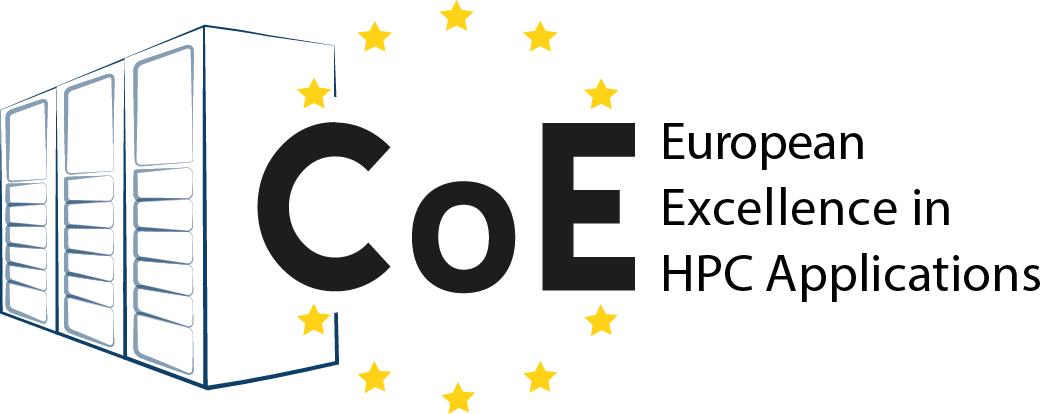The 2020 International CAE Conference and Exhibition will take place as a virtual event from November 30 to December 4, 2020, thus allowing it to engage even more people internationally and on a greater scale than ever before, to enable thought leaders, business decision makers, partners, customers and suppliers to continue to take advantage of the event, in spite of the challenges being posed by the global pandemic.
The theme for this year’s edition is “At the epicenter of the digital transformation of industry” and this virtual evolution of the event greatly highlights this strategic role. Staying true to this form, the 2020 event will underscore how engineering simulation is the lynchpin for a successful transformation project when implemented within a balanced and coherent strategy, playing a central and interdependent role among technologies to achieve the organization’s business objectives within the context of a specific industry sector.
